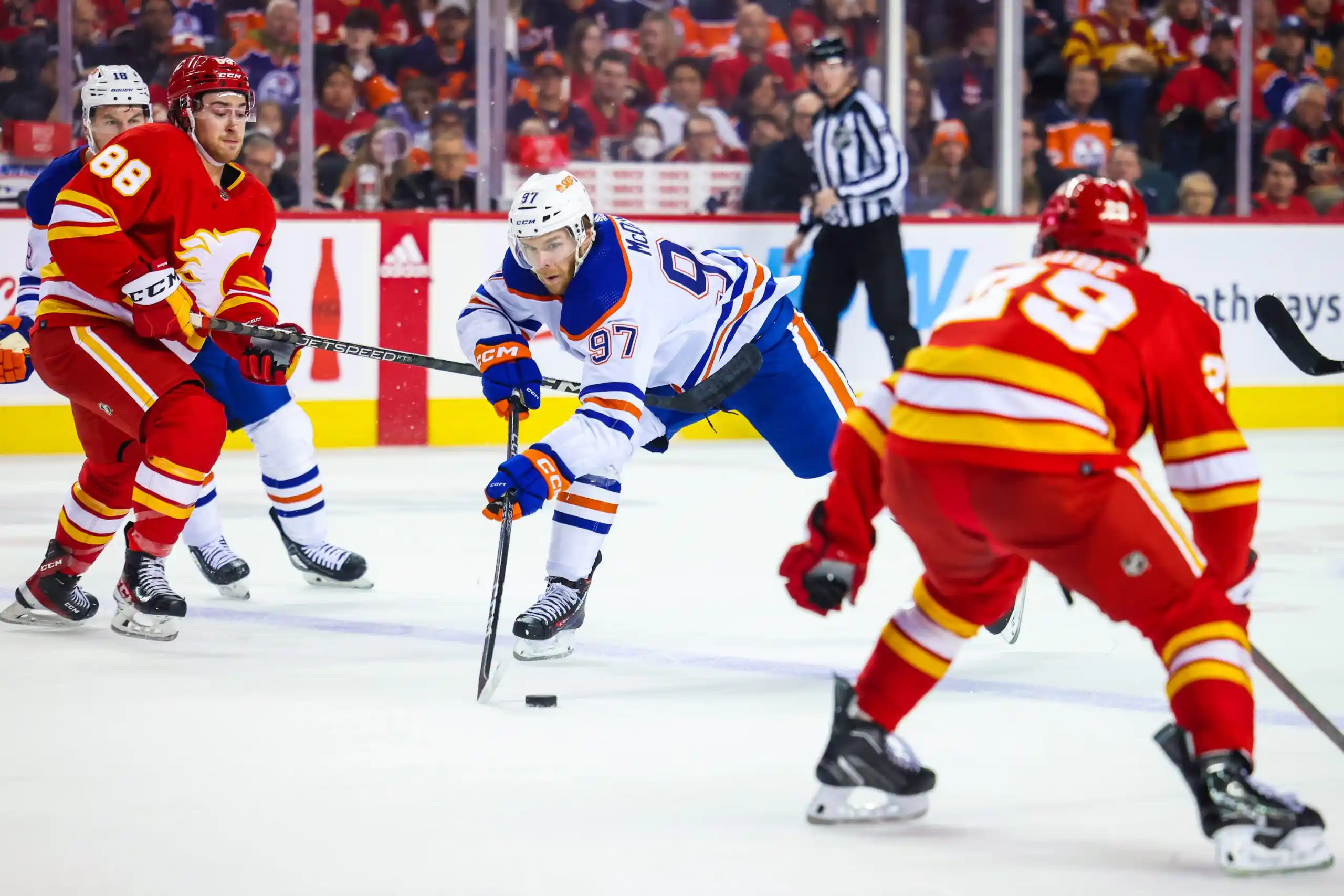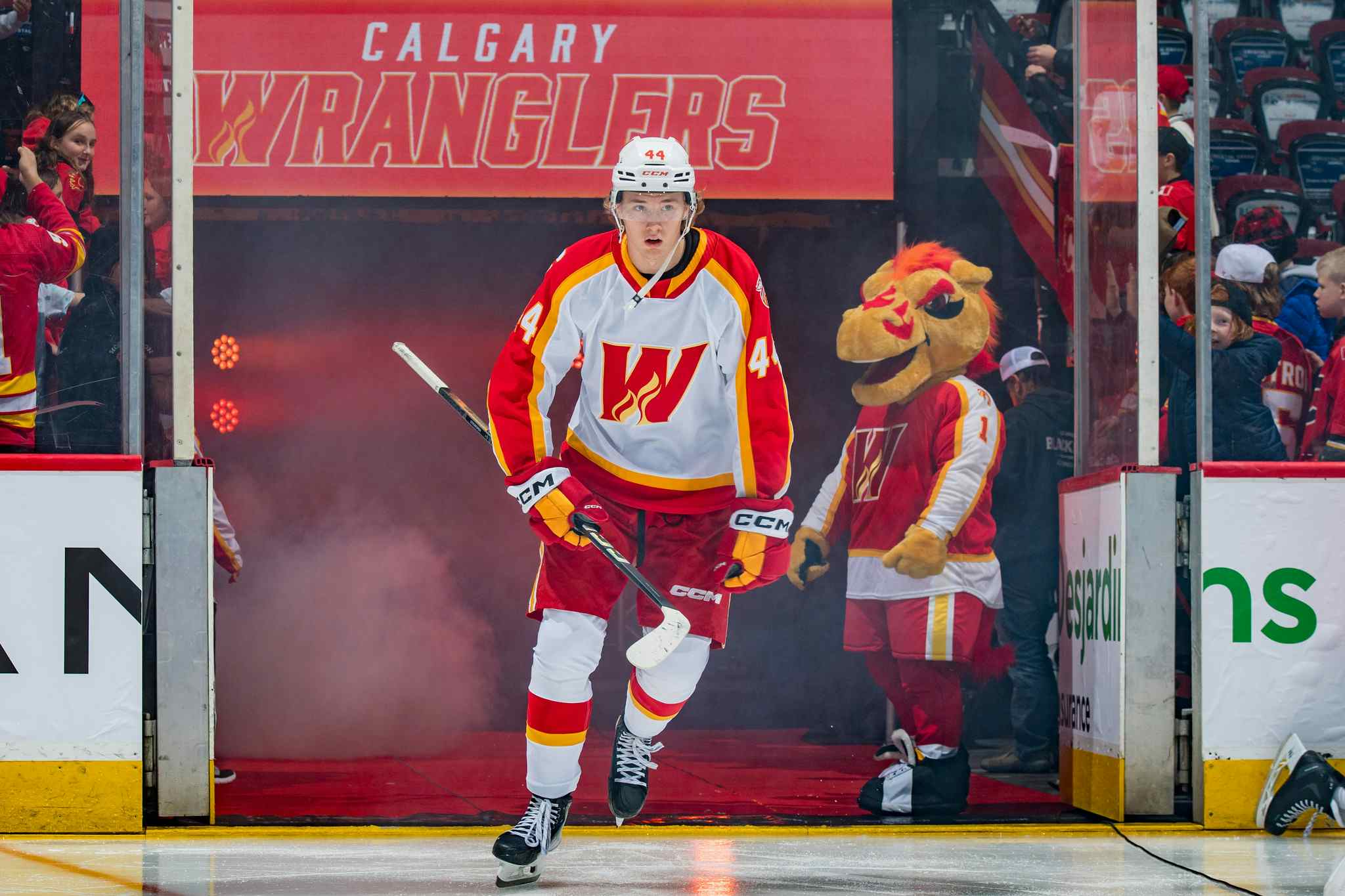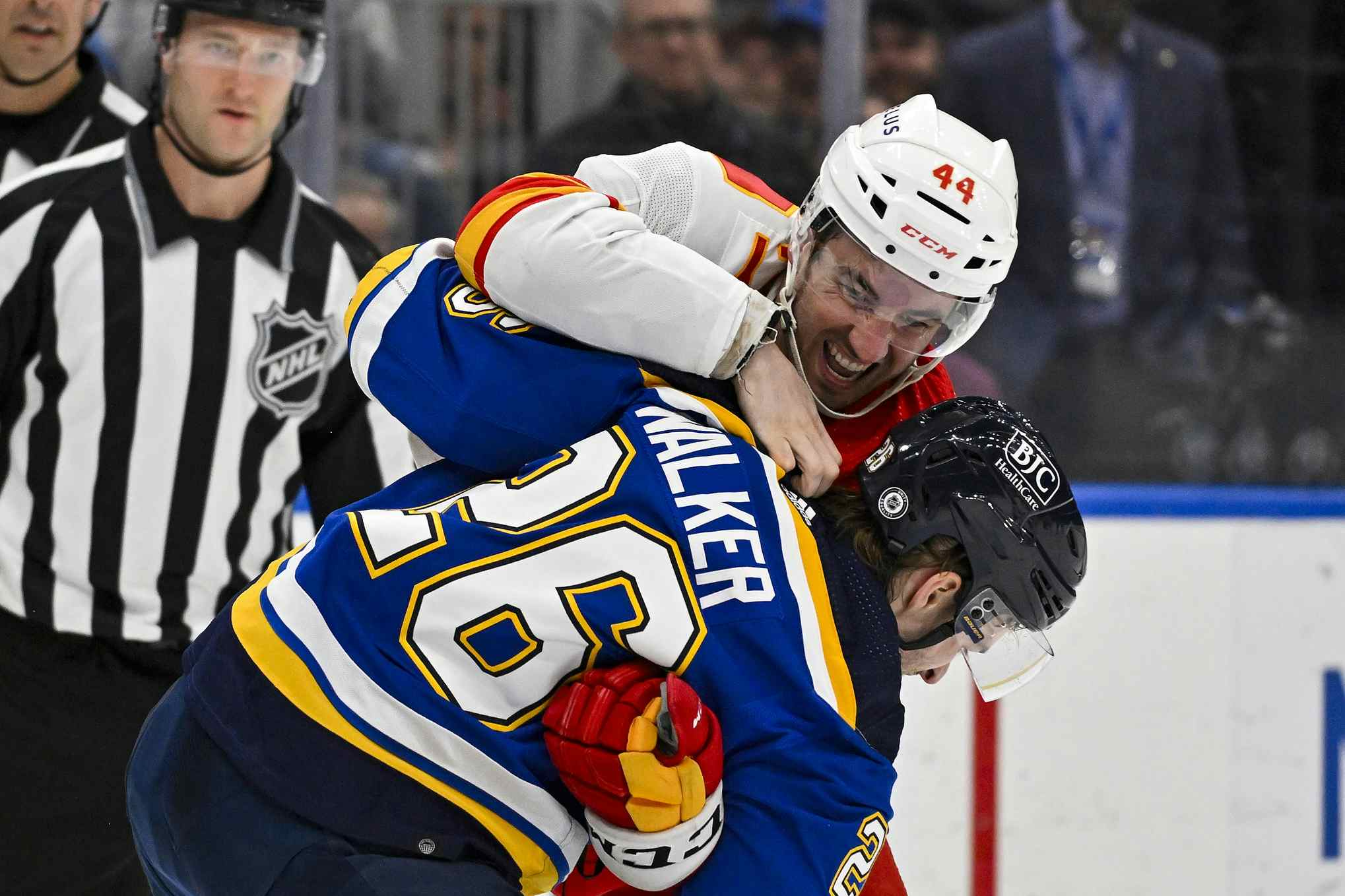Trade Deadline Risk and Reward: David Jones
Of all the pending unrestricted free agents currently on the roster for the Calgary Flames, I feel like my read on David Jones is the worst. It’s tough to differentiate between the three different outcomes for the veteran forward, mainly because they’re all potentially beneficial for the team. The trade deadline is less than two weeks away now, but I wonder if the real decision on Jones won’t come until the offseason.
This is the second of our risk and reward pieces prior to the 2016 deadline. Here’s the rundown of what we’re looking at:
- Karri Ramo – February 8th
- David Jones – Today
- Jiri Hudler – Still to come
- Kris Russell – Still to come
We’ll follow the same format in all of our pieces. So what should the Flames do with Jones? Let’s break it down.
Trade Him
Risk: To be frank, there isn’t much risk in trading Jones prior to the 29th of this month. In fact, the only risk I can think of would be the fact that there’s likely very little market for him. With a $4 million cap hit, the return on Jones is likely going to very negligible, even if he is on an expiring contract. That begs the question: is it worth trading him?
In certain situations there is a threshold of whether it’s more valuable to trade a player for very little or to keep him and let him walk. On the one hand, if you’re not going to re-sign Jones, it seems very simple to say get an asset for him if you can, regardless of what that asset is. On the flip side, though, keeping him has potential value, too.
What value is that? Well, at this point in his career, Jones plays a very specific role. He is a bottom six forward that is deployed in mostly defensive situations. That role has been clearly defined in his two-plus seasons with Calgary as illustrated below. The following table shows Corsi for percentages followed by offensive zone start ratios in three different score situations.

*2015-2016 data compiled through February 12th, 2016
As you can see, Jones has a rather specific role. He sees a lot of defensive zone starts against depth opposition regardless of the score situation. As you can also see, Jones does a passable but not spectacular job in this specific role. Despite his possession numbers being the worst, or close to the worst, on the team, he doesn’t get crushed considering the circumstances. That said, we’re not talking about Selke stuff here. For what he’s being asked to do, Jones does a passable job but nothing more.
But NHL teams need bottom six forwards like this. Ideally, they shouldn’t be getting paid $4 million per season, but they still have a use because not every player can do it and not get their head beaten in. If Jones is traded for a low end pick, the Flames would be putting in a younger player in that same role who hasn’t proven he can fill the role passably. Is it worth putting Bill Arnold or Emile Poirier in that spot if there’s a risk they might struggle mightily? That’s where the threshold comes in.
Reward: If your answer to the question I just asked is yes, then trading Jones allows the Flames to open up a spot for someone else in the organization. That’s the largest potential reward for moving him, because I don’t think the team is getting much back for him in a deadline day deal.
Knowing the way this season has gone, I wouldn’t mind seeing someone from Stockton take Jones’s spot on the NHL depth chart. Four players immediately come to mind: Arnold, Poirier, Drew Shore, and Freddie Hamilton. I’d put Derek Grant in that mix too if it weren’t for the fact he suffered a broken jaw in practice earlier this month. If any of the players mentioned make it to the NHL full time, they’re likely going to be playing a similar bottom six role, so there is some value in getting their feet wet.
Keep him
Risk: The weird thing about Jones is that the word “risk” doesn’t really apply much to him. Because he’s such a middle-of-the-road player, any move made concerning Jones doesn’t carry a whole lot of risk. But, in the same vein as the reward portion of the last section, the one discernible risk to keeping Jones beyond the deadline is him holding a spot that could be filled by someone younger.
That potential risk is all defined by the readiness of players further down the organizational depth chart. The last few times I saw Poirier, he looked anything but ready for the NHL. Shore and Hamilton might be able to do the job without much issue, but the guy that interests me most is Arnold. Most reviews this season have been positive on the 2010 fourth round pick and he’s closing in on a return from a lower body injury. If keeping Jones prevented Calgary from a recall there, then there’s your risk.
Reward: Depending on how you define “keep him”, there are a few potential reasons to have Jones stay beyond the deadline. First, let’s go on the assumption the team doesn’t trade him and they let him walk in the offseason. That carries with it the simple monetary reward of having Jones’s aforementioned $4 million cap hit drop off Calgary’s cap without any issue. Knowing the money that’ll be coming on next year, that’s a valuable thing in and of itself.
If keeping him means a new contract, there is potential value in that, too. First off, Jones is going to come cheap if he comes back. I think the Flames could easily get him on a one or two year contract in the $1.5 or $2 million range. Jones won’t have a ton of leverage and, by all accounts, he likes the team and would like to remain a part of what they’re trying to build.
We’ve already outlined how Jones is a useful player, so having him on an affordable contract would definitely make a whole lot more sense. Having him play the role he does for a few more years isn’t a bad thing, because it would buy time for others to develop into full-time NHLers. Remember, this team is still in transition, and Jones is the definition of a transitional player.
Verdict
I wrote an article in November on the merits of re-signing Jones, and I think it remains relevant now. Of all the potential outcomes, I’m not necessarily against any one of them. But in thinking about what might be best for the team, I think re-signing him to a cheap, short term contract would still present the most value.
The team isn’t getting much, if anything, for him at the deadline. We’ve already established he is a somewhat useful player, and I think that is more valuable than a sixth round pick. Finally, Calgary will still save on the cap on a new deal because it’ll carry with it an annual hit much lower than what Jones is at presently. Regardless of what the team decides, let’s be honest, any risk or reward is going to be rather negligible.
Next up is Jiri Hudler.
Recent articles from Pat Steinberg





